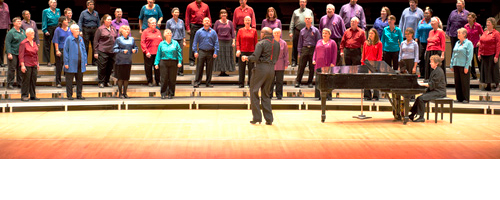As the pilot term of hybrid classes comes to an end this June, many are now assessing how successful they are
Hybrid courses will return
As the pilot term of hybrid classes comes to an end this June, many are now assessing how successful they are
Instructional designer Michael Chamberlain has helped with the hybrid transformation for nearly six months, and even participated in mid-term teacher meetings to gain insight into the first experiences with hybrid classes at Portland State.
According to Chamberlain, the feedback for PSU’s pilot hybrid courses has been “quite positive.”
“We are only partway through the first term of our hybrid program, [so] the data we can provide is very preliminary,” he said. “We hope to learn a lot more from the end-of-term student course evaluations.”
Even so, Chamberlain was able to identify what he saw as some of the greatest successes and challenges for the hybrid program, based on what he was hearing from the professors involved.
Chamberlain said that there is a much greater opportunity for students to “express themselves and ask questions.” Professors have noticed that students who might remain silent in a traditional classroom will often take a “very active role in an online discussion,” he said.
Suzanne Atkin, the public speaking program coordinator and graduate teaching assistant supervisor, has also noticed the trend of students speaking up more online.
“The online part was great for discussion and allowing students, particularly international students, to learn at their own pace,” she said.
The hybrid courses have also provided more flexibility in meeting student’s different learning styles, Chamberlain said.
“The 24/7 nature of the online environment allows students to participate at their own pace and at their own convenience,” he said.
In addition, instructors have felt better prepared to work with students in the classroom because they had been able to preview student questions and interests beforehand, in the online environment, according to Chamberlain.
“Instructors were able to use online interaction to better follow-up on and deepen the learning experience begun in the classroom,” he said.
Gisele Tierney, a senior instructor in the communication department, has taught many fully online classes, and said she has really enjoyed the opportunity to have some in-class meeting time.
“There is something lovely about a hybrid experience,” she said. “We have the face-to-face opportunity to check in, to do adjustments [and] to make sure people are up-to-speed on what’s going on online.”
Tierney said that in her non-hybrid online courses, the material was much more structured because she was not meeting her students.
“With hybrid [courses], there is a little more flexibility,” she said.
However, despite its positive feedback, the pilot term of hybrid courses has met several challenges.
“There is a learning curve,” Chamberlain said. “It takes time and experience to figure out how to most effectively integrate online and in-class activities.”
Many of the hybrid professors realize that to teach a course half online and half in class requires the professor to be much more organized.
Adapting to the larger time involvement that the hybrid course called for was one of the harder adjustments for Atkin.
“I had to be available outside the typical classroom meeting time to follow discussions, answer emails and provide feedback,” she said.
According the Chamberlain, many professors have had to be more careful with their online instructions than with the instruction they are used to giving in class.
This is something Tierney has experienced in her hybrid. There have been a few instances in which she had to apologize to her students for her lack of clarity, Tierney said.
“It’s not the students. They are only doing what I am asking them to do,” Tierney said. “Clarity, that’s the issue…I do believe that when there’s a problem online it is due to instructor error.”
However, most teachers understand that it is a pilot course, and are often looking for ways to improve.
“I always take notes, and then I’ll get feedback from students, so in the fall when I teach this again, I will address those things in a different way,” Tierney said.
According to Chamberlain, four of the pilot professors are returning in the fall to continue with the hybrid courses, as well as quite a few others. Over 35 sections will be offered as hybrid courses in the fall term.
For more information about PSU’s hybrid courses visit www.pdx.edu/cae/hybrid.




